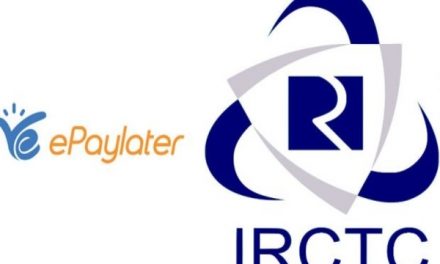India is one of the countries with the largest production of energy from renewable sources. As of 2019, 35% of India’s installed electricity generation capacity is from renewable sources, generating 17% of total electricity in the country.
As of October 2019, of the 175 GW interim target, 83 GW is already operational, 29 is under installation, 30 GW is underbidding, and the remaining 43 GW is under planning.175 GW interim target is 100 GW of solar, 60 GW of wind, 10 GW of biomass and 5 GW of small hydro. As of 2019, 35% total power production comes from renewable energy, 13% or 45.399 GW of the total from all sources comes from large hydro projects,10% or 36,686.82 GW of the total from all sources from wind power which is fourth-largest in the world, 8% or 9.1 GW of total power from all sources from Biomass power from biomass combustion, biomass gasification and bagasse cogeneration.
The country is already working on the target of having 175 GW of renewable energy by 2022 which includes 100 GW of solar and 60 GW of wind energy.
India has embarked on an ambitious target of having 450 GW of renewable energy by 2030 and also provide 17 lakh solar pumps to farmers under Pradhan Mantri-Kusum Yojana in coming days to capitalise on this clean resource, President Ram Nath Kovind said on Friday. The country is already working on the target of having 175 GW of renewable energy by 2022 which includes 100 GW of solar and 60 GW of wind energy. As of December 2019, 86 GW of renewable energy capacity has already been achieved. This includes 34 GW of solar and 38 GW of wind energy. Besides, around 36 GW of clean energy is under installation and about 35 GW is underbidding stage.
Addressing a joint sitting of both Houses of Parliament, Kovind said: “Keeping environment conservation in mind, my Government has enhanced the target for producing renewable energy to 450 gigawatts (GW). Under the Pradhan Mantri-Kusum Yojana, it has been targeted to provide more than 17 lakh solar pumps to farmers across the country.” He noted that under the second phase of the solar rooftop programme, the target is to generate 38 GW of electricity. In September last year, Prime Minister Narendra Modi had announced doubling India’s non-fossil fuel target to 450 GW at Climate Action Summit at UN headquarters.
Kovind also told the members that after the International Solar Alliance (ISA), India has been at the forefront of a global partnership. The ISA was set up under the aegis of India. It was created to provide a dedicated platform for cooperation among solar resource-rich countries. As many as 85 countries have signed the ISA framework agreement. A total of 64 nations have ratified it.
Waste to energy:
Every year, about 55 million tonnes of municipal solid waste (MSW) and 38 billion litres of sewage are generated in the urban areas of India. In addition, large quantities of solid and liquid wastes are generated by industries. Waste generation in India is expected to increase rapidly in the future. As more people migrate to urban areas and as incomes increase, consumption levels are likely to rise, as are rates of waste generation. It is estimated that the amount of waste generated in India will increase at a per capita rate of approximately 1-1.33% annually. This has significant impacts on the amount of land that is and will be needed for disposal, economic costs of collecting and transporting the waste, and the environmental consequences of increased MSW generation levels.
India has had a long involvement with anaerobic digestion and biogas technologies. Wastewater treatment plants in the country have been established which produce renewable energy from sewage gas. However, there is still significant untapped potential. Also, wastes from the distillery sector are on some sites converted into biogas to run in a gas engine to generate onsite power.











